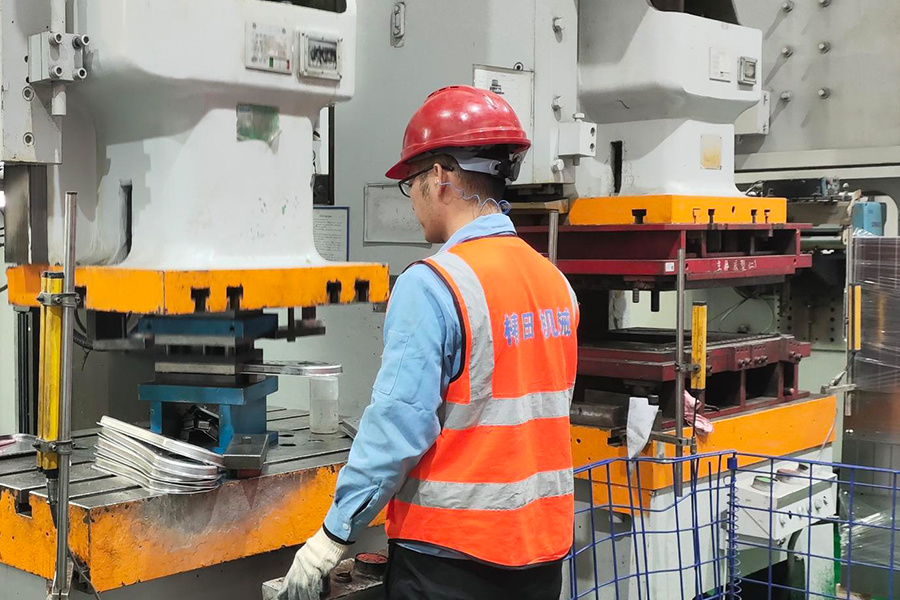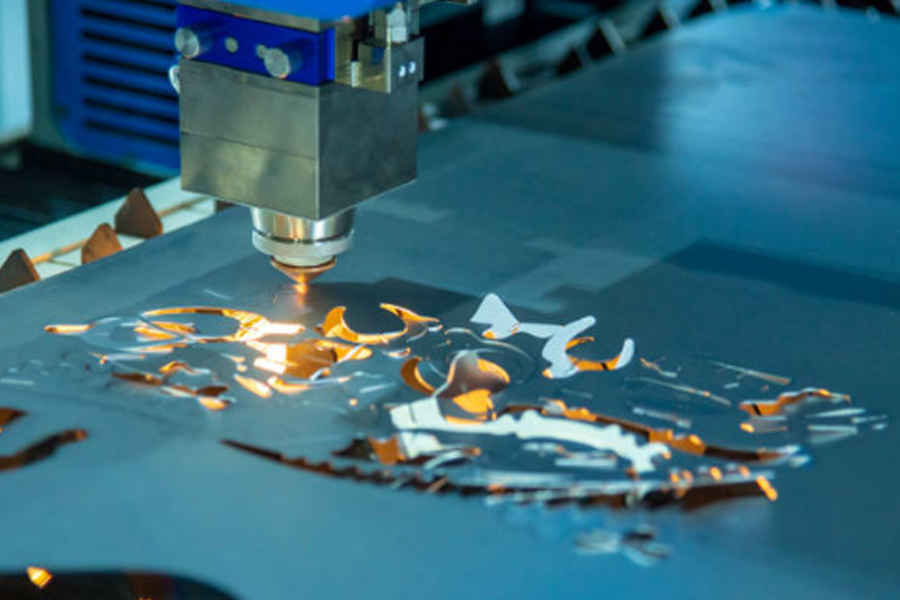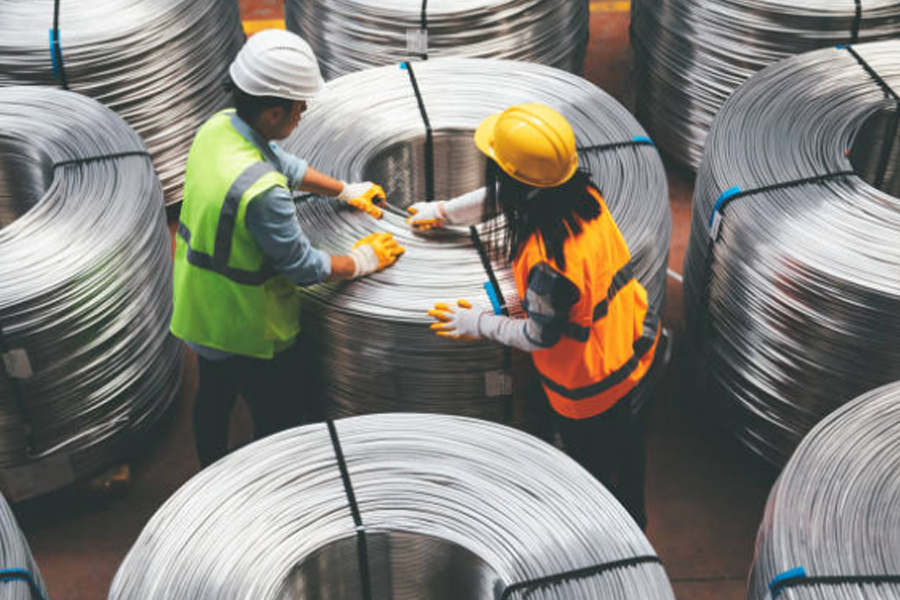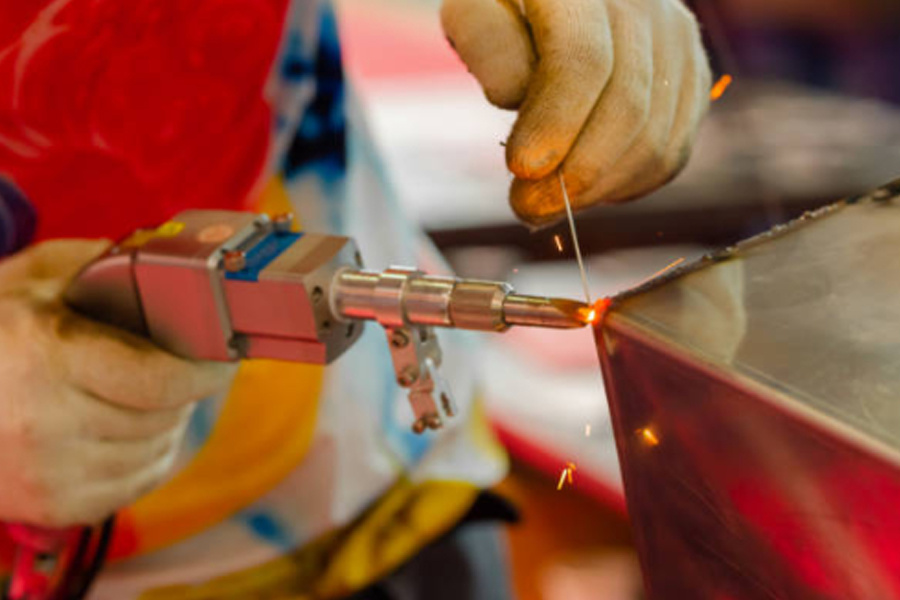Stainless Steel Fabrication: 3 Anti-Deformation Tips
Release time:
2025-03-26
Critical in medical applications, stainless steel sheet metal deformation arises from machining stress, material properties, and process inconsistencies. Solutions include optimized parameters, pre-deformation treatment, and specialized fixtures to ensure precision.
Stainless steel sheet metal fabrication is widely used across industries, particularly in medical machinery parts manufacturing, medical parts CNC machining, and precision medical device production—sectors demanding extreme accuracy. However, stainless steel sheets are prone to deformation during processing, significantly impacting product quality. This article explores the root causes of deformation in stainless steel sheet metal fabrication and presents effective anti-deformation processes.
The Role of Stainless Steel Sheet Metal in Healthcare
Stainless steel components are critical in medical machinery parts, medical parts CNC machining, and precision medical devices. For example, medical device casings require robust strength and protection, while internal structural parts demand high precision for stable operation. Even minor deformations can disrupt equipment functionality or endanger patient safety, underscoring the need for strict precision control.
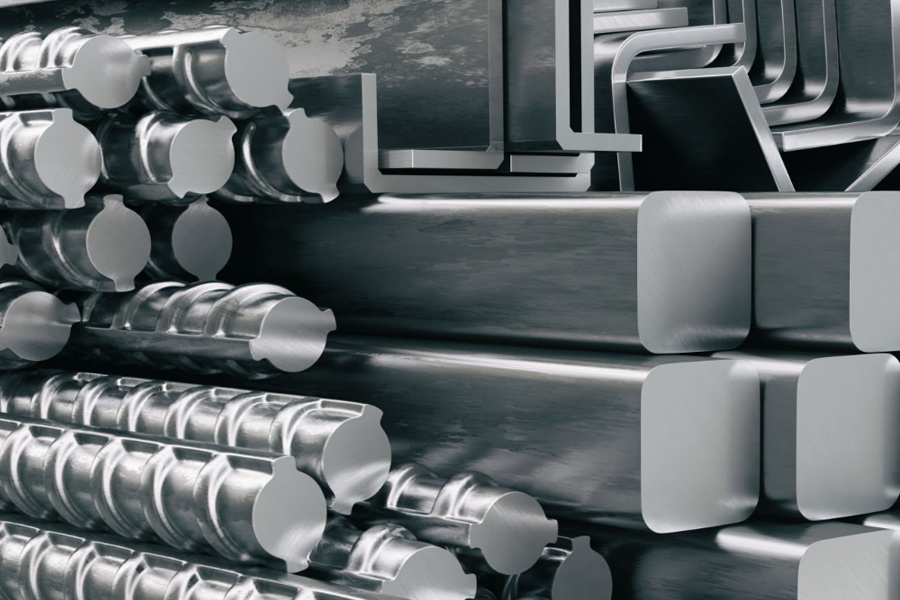
Causes of Deformation in Stainless Steel Fabrication
1. Machining Stress
● Cutting, bending, and stamping operations generate internal stresses. Laser cutting, for instance, creates thermal expansion and contraction, leaving residual stresses that accumulate across processes, leading to dimensional deviations.
2. Material Properties
● Stainless steel’s low thermal conductivity causes uneven heat dissipation during machining, creating thermal gradients and stress. Austenitic stainless steel, for example, exhibits work hardening during cold forming, increasing deformation risks.
3. Process Inconsistencies
● Poorly selected parameters—such as incorrect die clearances in bending or excessive stamping speed—lead to uneven stress distribution. Inadequate process sequencing can also amplify deformations from earlier steps.
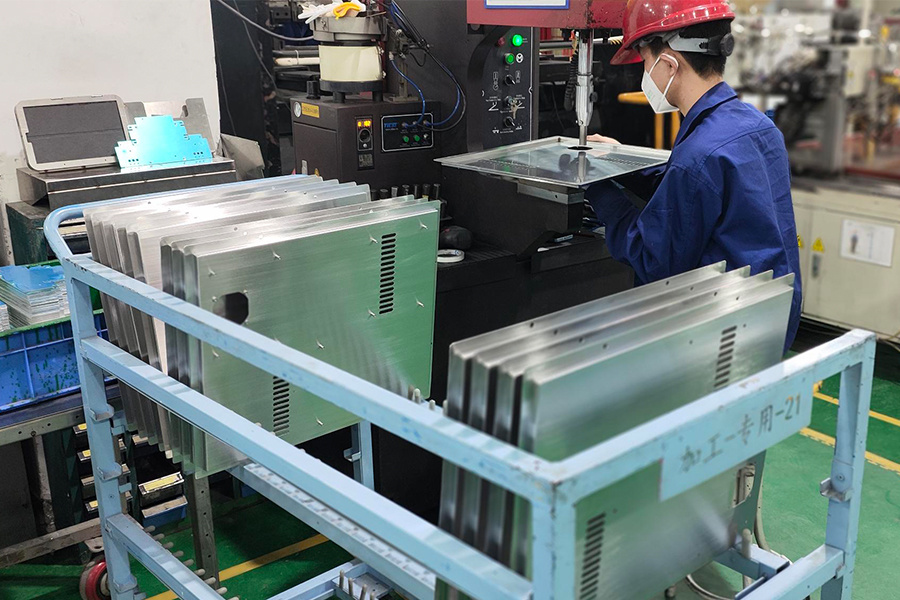
Anti-Deformation Process Solutions
1. Optimized Process Parameters
● Cutting: Adjust laser power and speed while using gas cooling to minimize heat input and thermal stress.
● Bending: Calculate precise bend radii and die clearances, adjusting force based on stainless steel grades to ensure stable forming.
2. Pre-Deformation Treatment
● Apply pre-stretching or stress-relief annealing to introduce counteracting stresses, reducing post-machining deformation.
3. Specialized Fixturing
● Use custom fixtures to stabilize sheets during processing. In medical machinery parts manufacturing, multi-point clamping fixtures distribute forces evenly, preventing localized warpage in complex components like device enclosures.
Controlling deformation in stainless steel sheet metal fabrication requires a multi-faceted approach, integrating optimized parameters, pre-treatment, and advanced fixturing—especially critical in high-precision medical applications. These strategies enhance product quality and safety while meeting evolving industry demands.
FAQ
Q1: Do anti-deformation processes increase medical machinery parts manufacturing costs?
A: Yes, they may raise initial costs (e.g., process optimization, fixtures). However, long-term savings from reduced scrap and improved reliability offset these expenses.
Q2: Are anti-deformation methods different for various stainless steel grades?
A: Yes. Grades vary in mechanical and thermal properties, necessitating tailored parameters, pre-treatment, and fixtures.
Q3: Do operators need specialized skills for deformation control?
A: Yes. Operators must understand material behavior, adjust parameters dynamically, and troubleshoot in real time to ensure effective implementation.
Key Words




